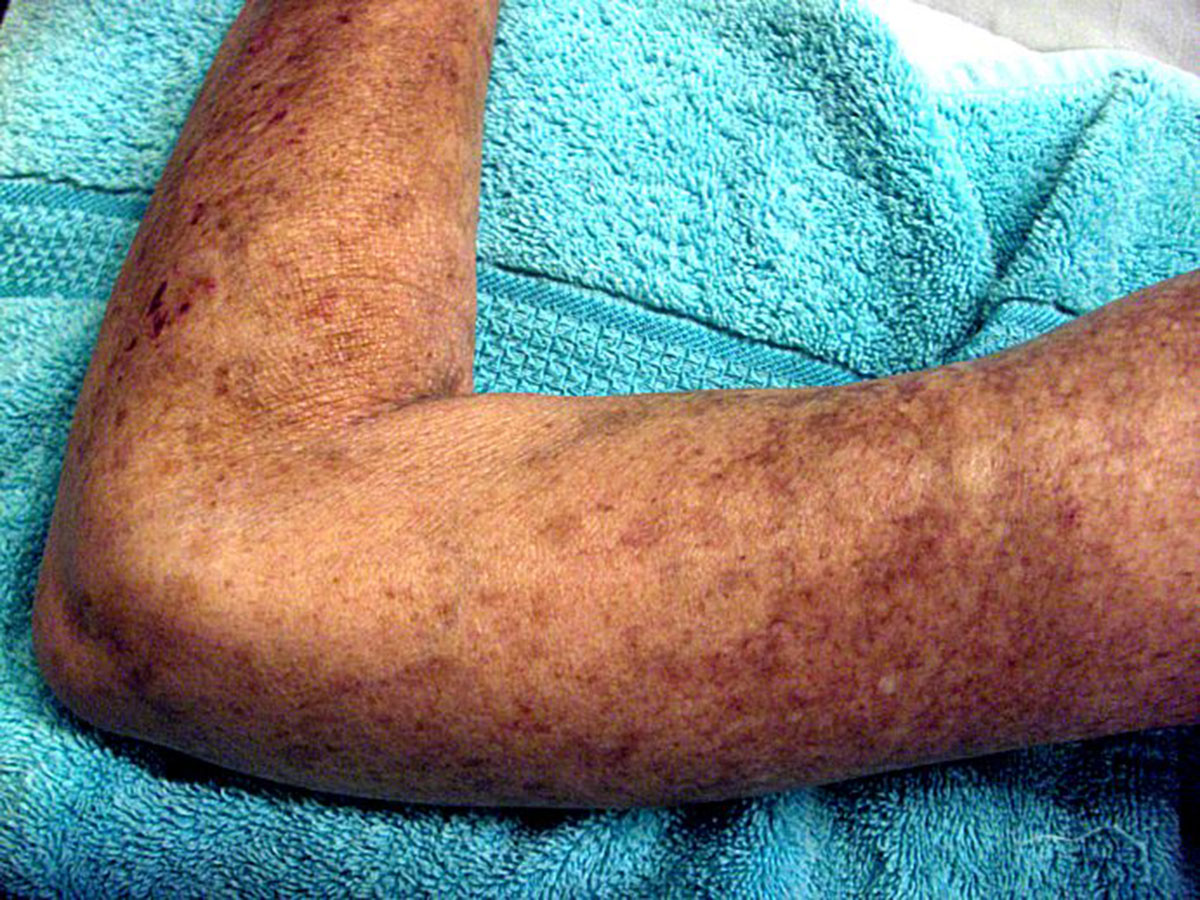
Scleroderma is a chronic autoimmune disease characterized by hardening and tightening of the skin and connective tissues, vascular alternations and antibodies in the blood. There are a couple of different types of scleroderma. The milder type is known as the localized scleroderma, and it affects only the skin. It shows on the arms, hands and face. Systemic scleroderma is more severe, and it also affects the internal organs: heart, kidneys, lungs, and organs of the digestive tract. This is a rapidly progressing disease that is typically very disabling. Scleroderma is a very rare disease and women are much more likely to develop it. In the United States, one person in every 1000 suffers from scleroderma.
Causes of scleroderma
Scleroderma is an autoimmune disease, and it takes place when the human body mistakes its own tissues for foreign invaders. The body acts against its own cells, trying to destroy them. Scleroderma takes place when a human body starts to produce abnormal levels of collagen. Collagen is normally needed to produce various connective tissues, which serve as a framework for the body, as well as for skin. In scleroderma, this excessive collagen accumulates in the tissues for unknown reasons, and the immune system acts against the body, causing the inflammation.
Signs and symptoms of scleroderma
Manifestations of scleroderma vary depending on the type of the disease, and depending on its severity and organs involved. In most of the cases, patients with scleroderma will experience Raynaud's phenomenon, which a vasospastic disorder causing discoloration of primarily fingers and toes.
Another common symptom is a gastroesophageal reflux disease, which is a mucosal damage, caused by stomach acid coming up from the stomach into the esophagus. Skin changes are also common and they typically manifest as thick patches of skin, tightness of skin, and restricted movement of the affected skin area. Sometimes the skin manifestations include morphed, oval-shaped patches of skin that are white in the middle and purple on the border. However, this symptom typically fades away in a couple of years.
Treatments for scleroderma
Unfortunately, there is no cure for scleroderma. As any other autoimmune disease, scleroderma is resistant to medical treatment. However, mild cases of scleroderma, including the localized type, can sometimes resolve on their own. Medications are typically used to alleviate the symptoms of the disease, and not to cure the disease itself. Doctors may prescribe medications to suppress the immune system or to dilate the blood vessels. Some cosmetic procedures may also be advised to change the appearance of skin patches and to hide them. When the internal organs are affected, treatment may include amputation or transplantation of the organ.


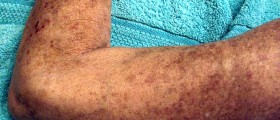
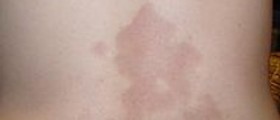



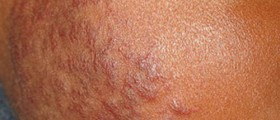
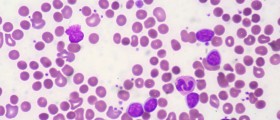







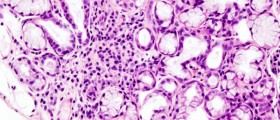
Your thoughts on this
Loading...